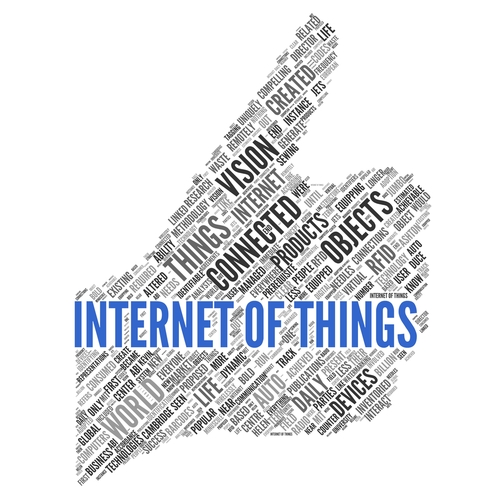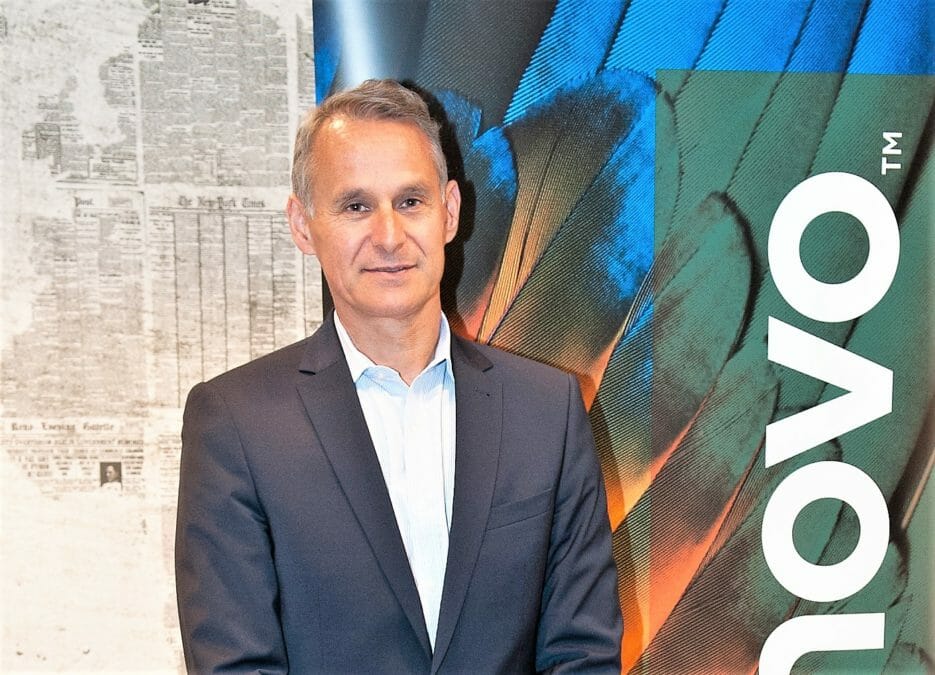A consortium of more than 40 UK-based technology companies funded by the UK’s innovation agency, Technology Strategy Board, has delivered on the first phase of its initiative to accelerate the widespread move to the Internet of Things (IoT).
HyperCat is a new open IoT specification that allows machines to work together over the Internet and for applications to discover and make sense of data automatically without human intervention.
In 12 months and with £6.4 million funding from the Technology Strategy Board, development teams from major companies including ARM, BT and IBM have worked alongside UK startups and university departments to break down vertical data silos and find a foundation for connected products and applications to interoperate.
The HyperCat specification is a thin interoperability layer for the IoT, which allows applications to explore what data and resources are available on a specific data hub, or search for particular types of resource across the internet.
>See also: Next big thing: Preparing for the Internet of Things in the enterprise
For example, if an application only understands temperature measurements, HyperCat provide a means to search for and discover this type of data – buried amongst other data that the application may not understand.
“While there is still the need for applications and services to agree on standard ways to describe data – so called ontologies – HyperCat offers a common approach to describing the information held on data hubs, thereby allowing people to find data relevant to their specific needs more quickly and easily. This will drive commercial use of the hubs and lowers the barrier to participation, particularly for SMEs,” said John Davies, head of semantic technology, BT.
Andy Stanford-Clark, master inventor, IBM UK, added: “We’ve been able to create whole new applications very quickly. For example, we can take illumination data from streetlights belonging to another project cluster and display it on our own application. Being able to explore the HyperCat metadata in human and machine readable formats makes it easy to mash-up new applications.”
The 8 Technology Strategy Board clusters
The Technology Strategy Board project involved large brand names, IoT start-ups and universities. They formed into eight clusters, each focussed on a particular application. Each cluster used the HyperCat specification to create interoperability within their cluster and then between clusters:
1. Distance (Internet of Schools Things)
ScienceScope, Intel, Xively, Explorer HQ, Stakeholder Design, University of Birmingham’s Urban Climate Laboratory, UCL Centre for Advanced Spatial Analysis, and The Open University Department of Computing
2. EyeHub
Flexeye, Open Data Institute, Surrey University, IBM UK, Guildford Borough Council
3. IoT-Bay (an Interoperability Hub for IoT Services)
SH&BA, EDF Energy, IBM UK, Westminster City Council, BRE and University of Bristol.
4. i-MOVE (Internet of Moving Objects and Vehicles Ecosystem)
Aimes Grid Services, BT, Traak, Avanti, Placr, Merseyside Transport
5. International Airport
LivingPlanIT, London City Airport, Milligan Retail, Critical Software, AppSherpas, HWC, CrowdVision, and ECM
6. OpenIoT
1248.io, ARM, AlertMe, Enlight, Intellisense.io and Badger Pass
7. Smart Streets
InTouch, Carillion, BalfourBeatty, Amey, Lancaster University
8. Stride (Smart Transport IoT Data Ecosystem)
BT, Aimes, Ctrl-Shift, University of Cambridge, Dartt Ltd







